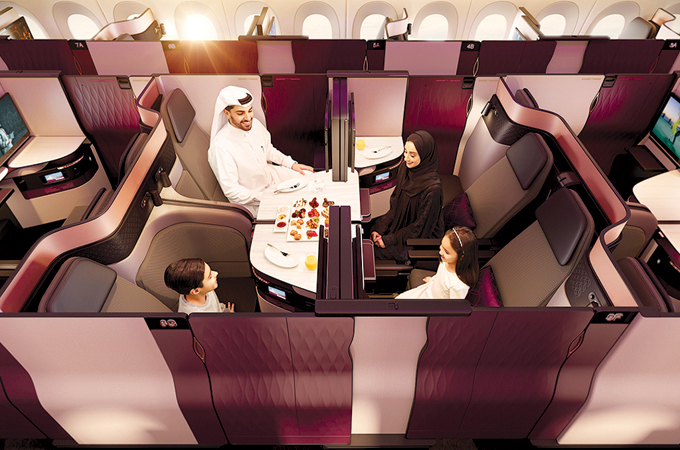Qatar is working towards its 2030 ambitions to welcome 10 million visitors a year and generate $17.8 billion in tourism receipts.
According to research released ahead of ATM 2017, Qatar will look to generate 5.2 per cent of its GDP through tourism over the coming years, creating 98,000 jobs and managing an inventory of 63,000 hotel rooms.
Qatar is also set to invest up to $45 billion in new developments under the National Tourism Sector Strategy 2030. These include $2.3 billion earmarked for 2022 World Cup facilities and $6.9 billion for transport infrastructure and associated projects.
Simon Press, senior exhibition director, ATM, said: “Qatar’s well-paced National Tourism Sector Strategy 2030 will steadily boost tourism numbers over the coming decade, with the first milestone of four million visitors a year by 2020, well on track.
“The government, hotel operators, airlines, and other stakeholders, are now beginning to see a return on their investment into the country’s tourism sector. Once again we see the leisure industry driving growth in another major GCC destination and this is a trend we expect to continue at least until the end of the decade.”
“Qatar’s well-paced National Tourism Sector Strategy 2030 will steadily boost tourism numbers over the coming decade, with the first milestone of four million visitors a year by 2020, well on track" - Simon Press
Qatar Tourism Authority (QTA) predicts the tourism sector’s total economic contribution will reach 7.3 per cent of GDP by 2026.
In 2015, investment in travel and tourism activity comprised 2.2 per cent of the country’s total funding, with this expected to rise by 8.6 per cent per annum to 2026. The introduction of new demand drivers will be vital to supporting the continued rise in leisure spending, which is expected to reach values of QR44.9 billion ($12.3 billion) in 2026, while business travel spending is expected to rise to QR17.5 billion ($12.3 billion) in 2026.
Qatar is already the fastest growing destination in the region in terms of visitor arrivals, averaging 11.5 per cent growth over the past five years, according to data from the QTA. The Authority’s Tourism Performance Summary, for the third quarter of 2016, recorded arrivals of 2.18 million visitors in the first nine months of the year, including more than one million GCC nationals.
Qatar’s Hamad International Airport (HIA) saw passenger traffic jump 20 per cent in 2016, handling some 37.3 million passengers, a leap of 7.3 million from the previous year. The surge is partly attributed to the operator Qatar Airways’ fast growth, which included 14 additional destinations last year. The airline giant has also announced the world’s longest flight by duration, a 17+ hour route from Auckland to Doha. Arrivals in 2017 also received a boost from the cruise season, running October 2016 to this month. About 30 ships docked in Doha during the current season generating 55,000 visitors. This is expected to reach as many as 250,000 passengers by the 2018/19 season.
In order to deal with the expected demand, Qatar currently has 22,921 hotel rooms with a further 15,956 rooms under contract, representing a 69 per cent increase in total stock in the current pipeline. The country posted a decline in hotel performance across all key metrics over 2016, as overall occupancy dropped 12.2 per cent, ADR fell by 7.5 per cent and RevPAR fell by 18.8 per cent.
ATM 2017 will showcase exhibits from Qatar’s biggest tourism brands, including the Qatar Tourism Authority, Qatar Airways, Katara Hospitality, which operates its own hotel brands in Qatar and owns a number of heritage properties across Europe; Doha Marriott Hotel, Sheraton Grand Doha Resort & Convention Hotel, The Ritz Carlton Hotel, Qatar, and Hotel Royal Savoy, Lausanne.

